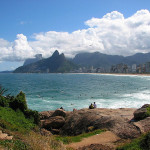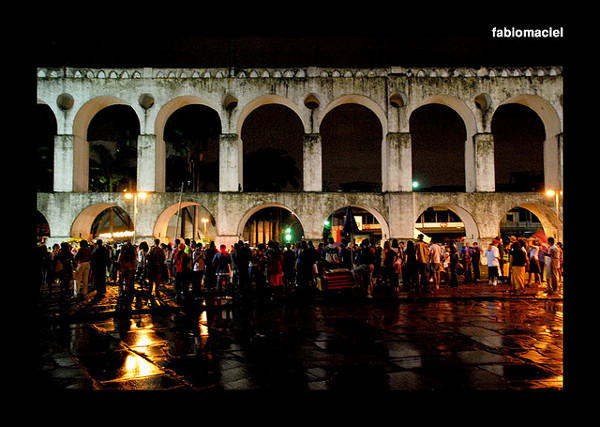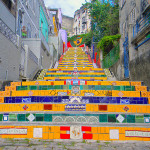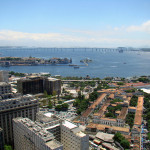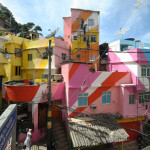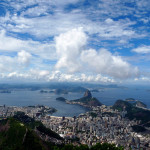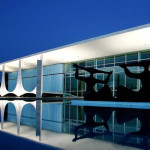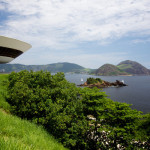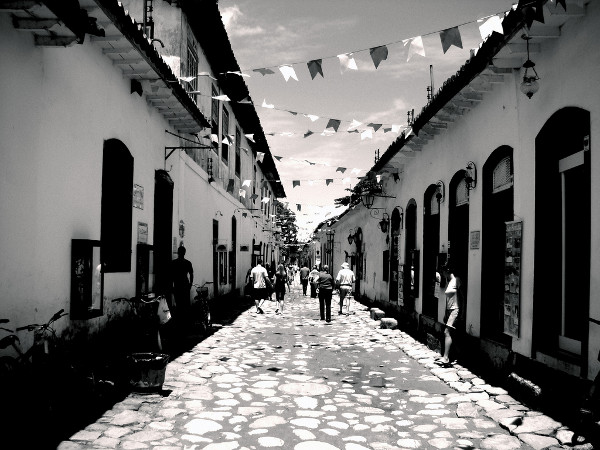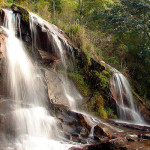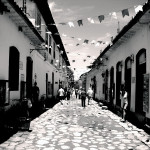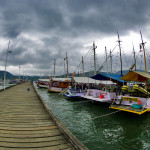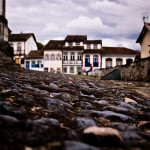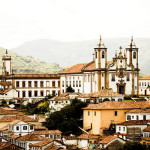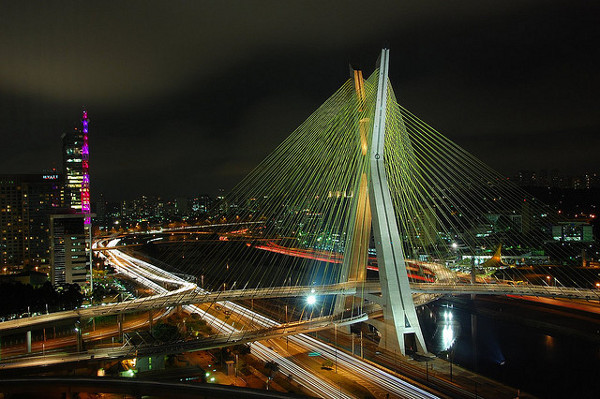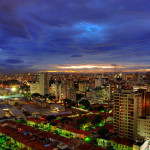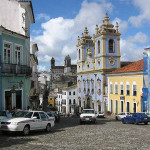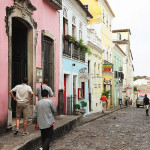July 1, 2014
Society for Experimental Biology
How do ants manage to move so nimbly whilst coordinating three pairs of legs and a behind that weighs up to 60 percent of their body mass? Scientists have recently developed a device that may reveal the answer and could even help design micro-robots in the future. Researchers used an elastic polycarbonate material to produce a miniature force plate. Springs arranged at right angles to each other enabled forces to be measured across the plate in the micro-Newton range.

Red Ant (stock image). Ants walk using an "alternating tripod" system: the front and back legs of one side and the middle leg of the other side move together during one step.
How do ants manage to move so nimbly whilst coordinating three pairs of legs and a behind that weighs up to 60% of their body mass? German scientists have recently developed a device that may reveal the answer.
Measuring the forces generated by single limbs is vital to understanding the energetics of animal locomotion. However, with very small animals such as insects, this becomes problematic. Dr Reinhardt (Friedrich-Schiller University) used an elastic polycarbonate material to produce a miniature force plate. Springs arranged at right angles to each other enabled forces to be measured across the plate in the micro-Newton range.
The ants (Formica polyctena) walk using an "alternating tripod" system: the front and back legs of one side and the middle leg of the other side move together during one step. It was unknown, however, if a different gait is used for faster running speeds. Ants were made to travel down a runway built on top of the force plate, equipped with a high-speed camera to record a motion sequence. The researchers found that the basic alternating tripod gait did not alter at higher speeds, with the ants instead increasing their stride length and number of steps. The ants appear to adopt a strategy known as "grounded running"; that is, they reach higher speeds without using an "aerial phase" when all joints lose contact with the ground. This improves stability by keeping the centre of mass low, reducing the risk of falling and helping the ants to turn quickly & travel over rough terrain.
The device was also used to investigate ants travelling up a vertical surface. "During level locomotion, the typical vertical force of an ant leg is around 70 µN" Dr Reinhardt described. "The situation is different in vertical climbing. The front legs generate forces as large as the body weight -- around 20 mg. We expect that the animals can still generate much larger forces, for instance when transporting food or during fights."
The force plate was built using stereolithography technology. This uses a special photocurable polymer which solidifies when exposed to ultra-violet light. A vat is filled with the liquid polymer and a UV laser scanned across it to build up the structure layer by layer. Because the laser can be set to trace any design, this technology could be used in a wealth of applications. "Our measuring device can be applied far beyond the field of insect biomechanics" Dr Reinhardt stated. "For example, the force plate could be invaluable to the design and testing of micro-robots."
Story Source:
The above story is based on materials provided by Society for Experimental Biology. Note: Materials may be edited for content and length.


